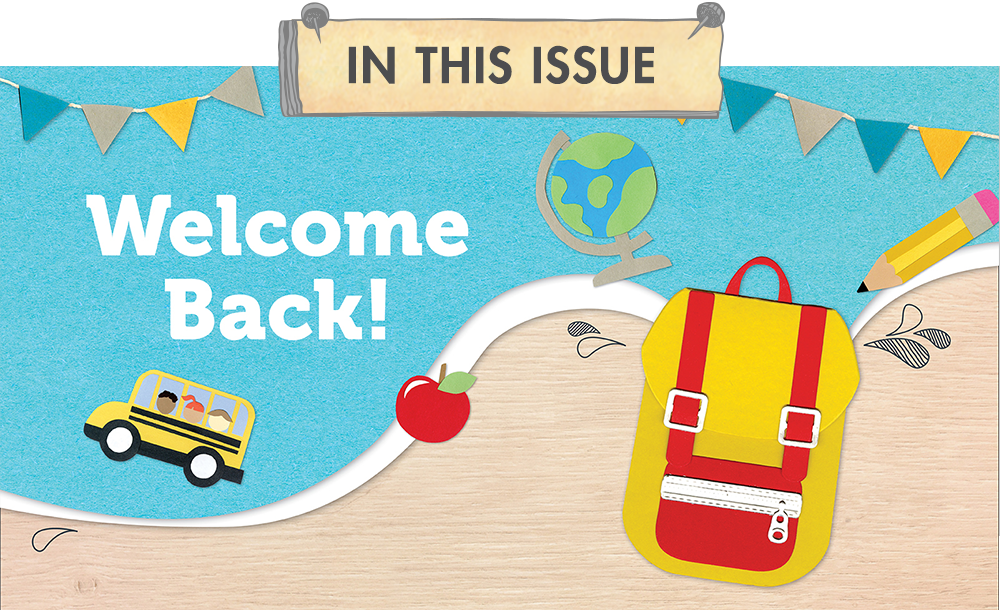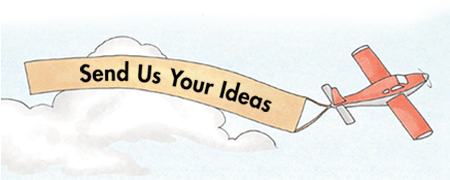|
|
|
|
ISSUE 31 | AUG. 2022
|
|

|
|
|
|
|
|
Welcome back, Superkids teachers! We hope you had a super summer and you are recharged and ready to jump into the 2022–23 school year. In this issue of The Superkids Bulletin, you’ll find classroom tips to help you start the school year strong! Be sure to read about a new Superkids resource, now available on MyZBPortal.com, that we are sure you will LOVE!
Reminder! The Superkids digital resources are now located on MyZBPortal.com. Find PDF and video resources to help you get started in the new platform on the Superkids Portal Migration to MyZBPortal.com page.
If you know a Superkids teacher who does not receive The Superkids Bulletin, please share the sign-up link below! Our newsletter offers a monthly collection of teaching ideas, wisdom from Superkids coaches and teachers, and fun resources for the classroom.
zaner-bloser.com/reading/superkids-bulletin-signup.php
|
|
|

|
|
|
|
|
|
Superkids teachers often ask how to keep their materials and resources organized. Below are a few organization ideas shared by fellow teachers on our fabulous Superkids Facebook page!
|
|

|
|
Unit Boxes
Many teachers suggest taking some time as you begin the year to organize materials by unit. Place Teacher’s Guides, Practice Page masters, Ten-Minute Tuck-Ins, Alphabet or Sound Spelling Cards, independent activities, etc., that will be needed to teach the unit in a labeled box or bin. When the unit is beginning, you have everything you need to teach in one place!
|
|
|

|
|
Student Materials
If students do not have desks with a storage space, it is a great idea to create a space in the classroom that holds materials students will need for each day’s lesson. Individual student boxes or hanging files can include the Student Book or Word Work Book, the Practice Page for the day, the Reader, and any other materials individual students will need. When it is time for your Superkids lesson, the children just grab their box or folder. No time is wasted passing out individual materials.
|
|
|

|
|
Picture Cards and Letter Cards
In kindergarten, the Picture Cards and Letter Cards are used often during core lessons, as well as with Ten-Minute Tuck-Ins and Superkids Skill-Building Book activities. Storing these in a way that makes them easy to grab when you need them can be a time-saver! Some teachers suggest keeping these in order in small bins (pictured). Other teachers use recipe files that come with dividers to store these resources.
|
|
|

|
|
Ten-Minute Tuck-In Storage
As you prepare resources for Ten-Minute Tuck-Ins, create a bin with folders to store bagged activities by unit. This will be helpful during future years, as these will be organized and ready to go. This also provides a space where you can direct support teachers and class volunteers to find activities when working with individual or small groups of students who need specific skill reinforcement.
|
|
|
|

|
|
|
|
|
|
Superkids coaches suggest using the first few weeks of school to collect information from formal and informal assessments to begin grouping students with similar reading abilities for small-group reading instruction.
In kindergarten, instruction begins at a slower pace. This allows time for you to administer the Readiness Test to formally assess emergent literacy skills. Also, informal assessment during daily lessons and through review of completed work is an excellent way to assess their individual strengths and weaknesses.
In first grade, the year begins with a three-week Review Unit. Second grade begins with a two-week Warm-Up Unit. These units provide students time to review the skills learned in the previous grade, while giving you the opportunity to informally assess their abilities. This is also a great time to administer the Beginning-of-the-Year Test to formally assess student skills and collect data.
By placing a strong focus on informal and formal assessment as the year begins, you will be able to make informed decisions about grouping students to best meet their needs when small-group reading instruction begins. Remember, student grouping should be flexible as the year progresses. Ongoing assessment, both formal and informal, may initiate periodic regrouping based on each student’s growth. By grouping students who have about the same reading level, you can use the differentiation tips in the lesson to guide each group’s reading practice.
These grade-specific Guidance for Starting a New School Year documents provide more information about assessments during the first weeks of school:
|
|
|
|
|
|
|
|
|
|
|
|
|
|
|

|
|
|
|
|
|
When starting the school year, it is important to remember how many lessons are included in your grade level of Superkids. Most school calendars include several short weeks. Maybe your school is on a four-day schedule every week. It is helpful to plan for these circumstances to ensure you finish the program. Look ahead at the upcoming instruction for weeks that are shorter. Are there two lessons that can be condensed and combined into one day? Perhaps the solution is to eliminate small-group meetings one day, to guarantee two days of essential Word Work and Writing instruction is completed on that day.
In addition to carefully planning your yearly pace, it is important to monitor your daily pace. The top tip from Superkids coaches when teachers are having trouble completing the daily lessons is to focus on Daily Routine timing. Daily Routines should take 10–15 minutes each day. Set a timer for 15 minutes as you begin the routines. When that timer rings, move on to Word Work.
|
|
|

|
|
|
|
|
|
A highly requested resource from Superkids teachers has been lesson plans to accompany the suggested read-aloud text connected to unit themes, as well as a more diverse selection of read-aloud book suggestions. You asked—and we delivered! An updated list of diverse read-aloud books and read-aloud lessons are now part of The Superkids Reading Program © 2017 for grades K–2. The suggested read-aloud titles and lessons can be found on the ‘Materials’ page in MyZBPortal.com.
You now have access to two read-aloud lessons per unit; two additional book recommendations per unit; before, during, and after reading instruction; and more! Be sure to check out this free new resource in MyZBPortal.com today!
Please note: Read-aloud books are not available to purchase from Zaner-Bloser, but are available at most local and school libraries.
|
|

|
|
|
|
|